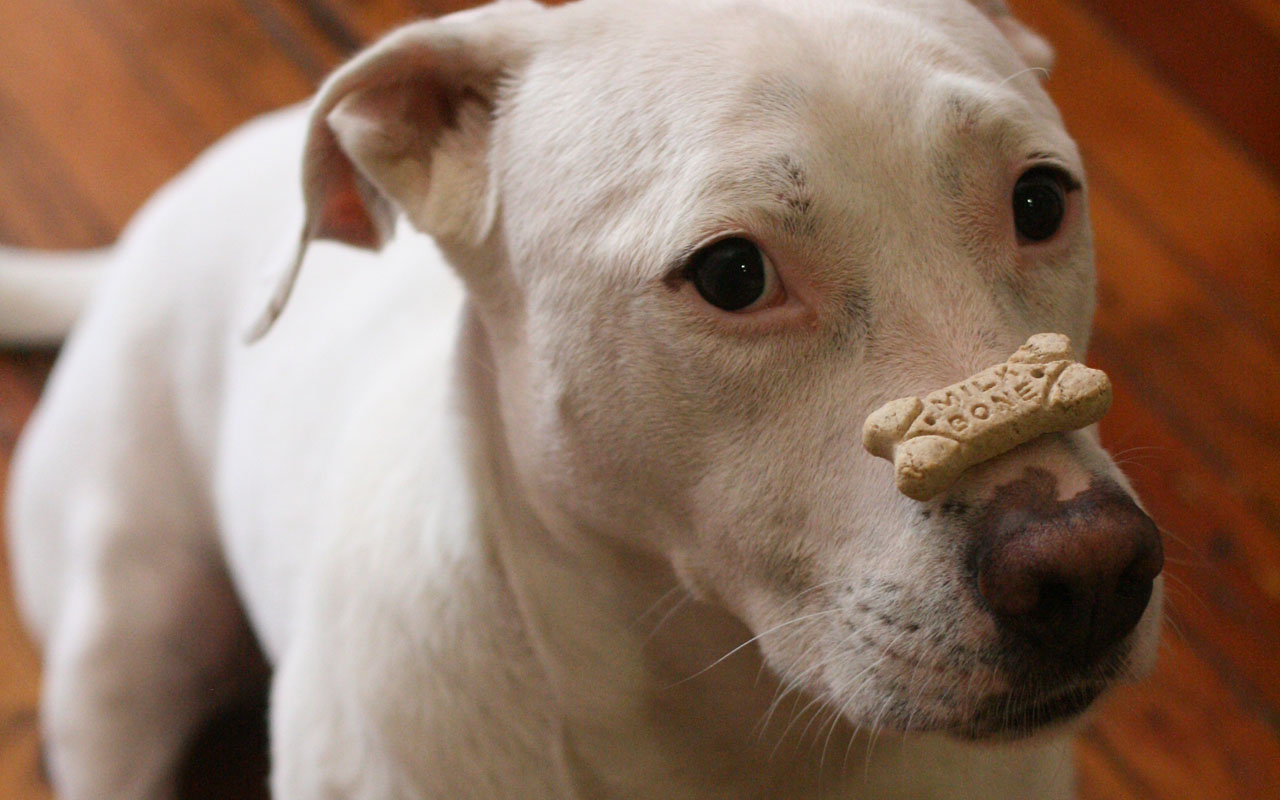Idolised in Ancient Egypt, then vilified in Medieval
Europe, the domestication of cats has taken them on an interesting route from
uninvited guests chasing mice in our grain stores to the moggies we cuddle
today. At John Bradshaw’s talk at Blackwell’s
in Oxford last month, evidence of their interesting history was just around the
corner at the Pitt Rivers Museum, where mummified cats are
part of its unusual collection. Dogs, on the other hand, have a long history of
being companions to humans, bred into many shapes and sizes to make them capable
of a number of tasks that have played a key role both in human and canine
evolution.
Following John’s recent publications and a rising public
profile from shows such as BBC’s
Horizon programme and Radio
4’s Just So Science, Oxford’s pet owners braved last month’s cold snap in
search of answers about the differences between dogs and cats, and how this
impacts their relationships with us. Drawing on research for his books The
Behaviour of the Domestic Cat and In
Defence of Dogs, John contrasted the unique behavioural characteristics
of both animals, and linked these to their evolutionary history. Compared with
dogs, cats have only been domesticated a short time, and their behaviour
reflects this. They are adapted to eat just meat, but until only very recently,
our poor understanding of cats’ diets meant they needed to hunt to supplement
what we fed them. Only in the last 40 years have we really understood, and
catered for, their dietary needs. So hunting behaviour – once valued, then
tolerated, but now disliked by owners – has not yet had time to evolve out of
cats.
Audience members asked what is best for their pets while
they’re away: do cats want company, and can another dog keep an anxious hound
calm at home alone? Not so, according to John: cats are solitary animals, and
while fond of us, need their space and their own hunting territory. Another cat
is instantly a rival. Dogs, on the other hand, feel profound attachment to
their owner: they don’t care where they are as long as they’re with master. Another
dog doesn’t fulfil a need for human contact, and, rather than calm an anxious
dog down, may even follow their example of how to behave when master is away!
John emphasised that training a dog to be alone is an integral part of their
training, and would like to see this practice more widespread.
Andy Hughes concluded the talk with images from his book, I,
Jack Russell, to which John contributed a paper on their behaviour.
A concluding poll for audience members wrapped up the night
with somewhat of a surprise when it was revealed a small number of owners
owners preferred either cats or dogs while the majority were just as fond of both!
The Behaviour of the
Domestic Cat, 2nd Edition is available from CABI with a 10%
online discount
In
Defence of Dogs and I, Jack Russell are available from
Penguin and Booth-Clibborn Editions respectively.
Related News & Blogs
Fat cats – what can they tell us about human obesity, and vice versa?
It’s estimated that between a third and two thirds of pet cats are overweight, depending on the assessment method used. Cats suffer from obesity and diabetes mellitus in ways that are very similar to the obesity and type 2 diabetes found in humans. But…
7 May 2019



